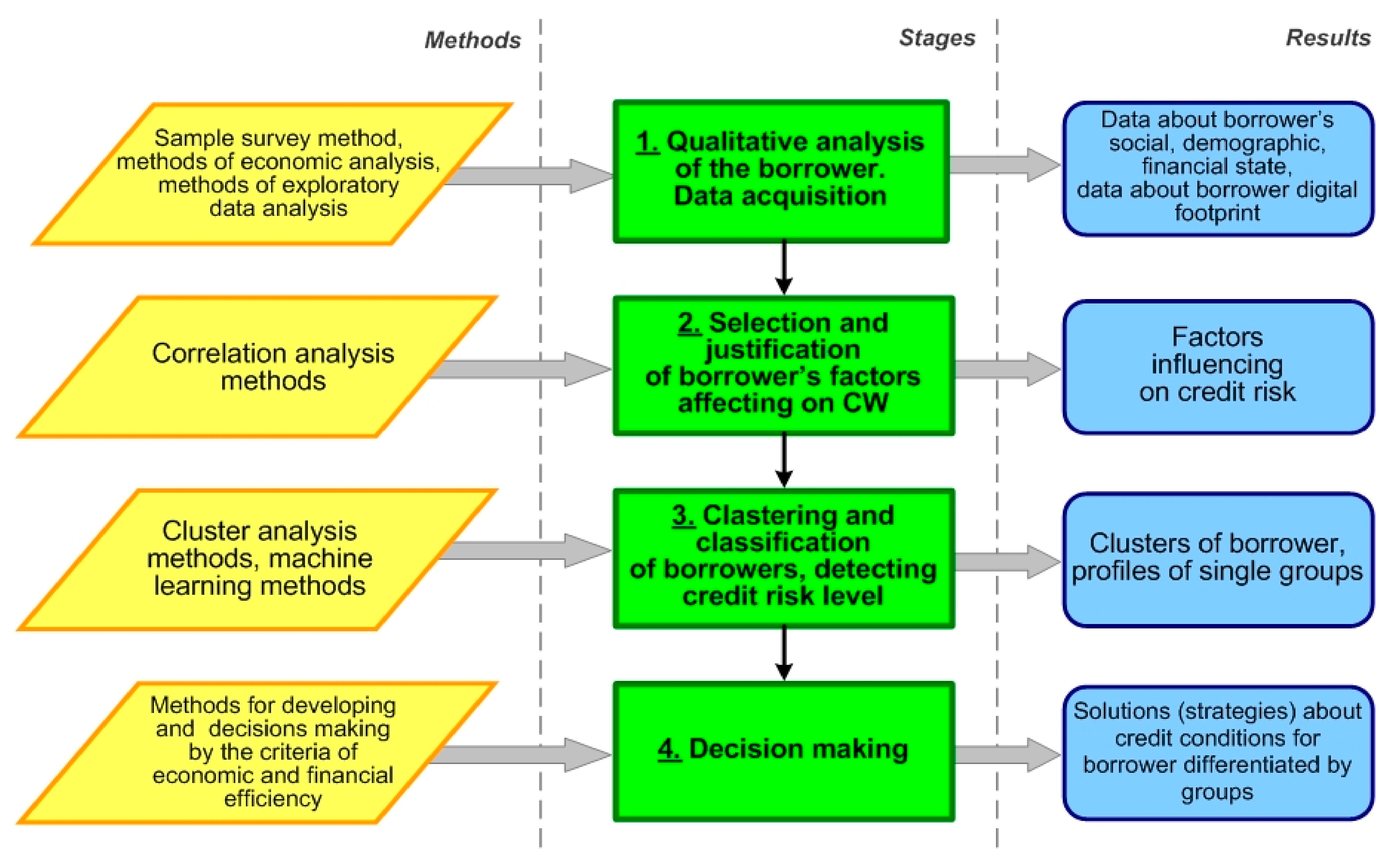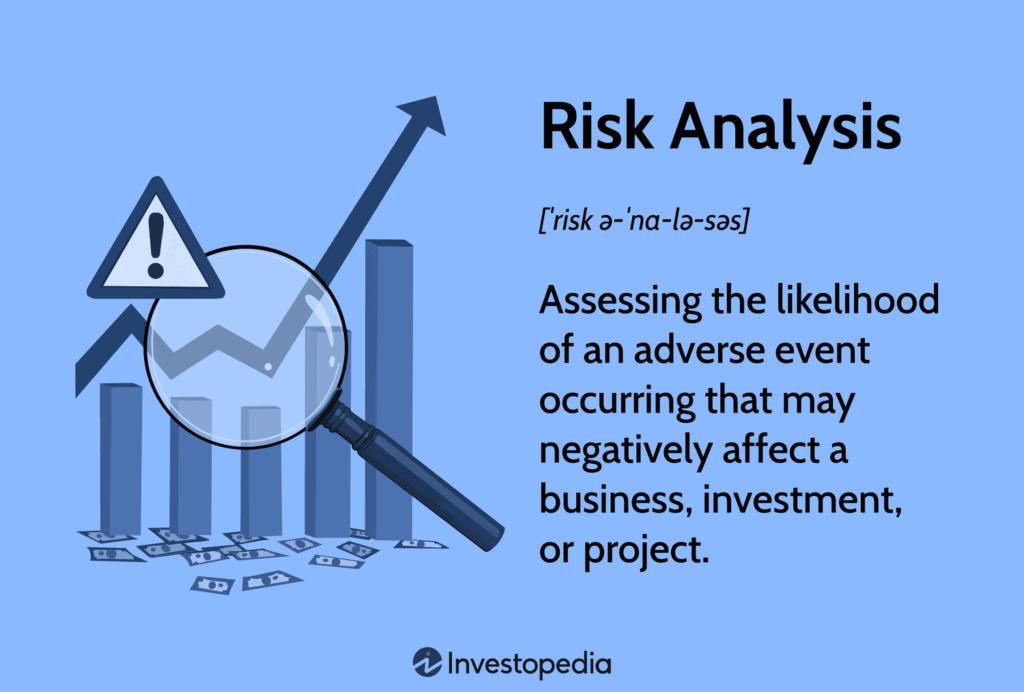Student loans have become a hot topic in the world of finance and banking. Many banks have developed a cautious approach when it comes to offering student loans, and there are several reasons behind this trend. Understanding the factors that make student loans risky investments for banks is crucial in grasping why this issue is so prevalent.
The Nature of Student Loans
Student loans are a form of debt specifically intended to help students pay for post-secondary education and the associated fees, such as tuition, books, and living expenses. These loans are usually offered at lower interest rates and have flexible repayment terms, making them an attractive option for students who might not have the means to afford higher education otherwise.
However, the underlying issue stems from the fact that unlike other forms of debt, such as car loans or mortgages, student loans are not backed by collateral or tangible assets. This lack of security significantly increases the risk for lending institutions.
Financial Vulnerabilities of Students
Students, by nature, often have limited or no credit history and a low income while pursuing their education, which poses a higher risk for defaulting on loan payments. Additionally, some students might not have a clear understanding of financial management and debt repayment, leading to higher chances of delinquency or default.
It’s crucial to recognize that the financial vulnerability of students is a significant factor contributing to the perceived risk of offering student loans. Banks must carefully evaluate the creditworthiness of student loan applicants, which can be challenging due to the lack of financial stability and assets typically associated with other loan products.
High Default Rates and Regulations
Another aspect that adds to the risk is the high default rates associated with student loans. A significant number of student borrowers may struggle to secure stable employment post-graduation, leading to difficulties in repaying their loans. This trend puts additional pressure on banks and financial institutions, as they might face increased losses due to non-repayment of student loans.
Furthermore, the regulatory landscape surrounding student loans can also impact banks’ willingness to offer such financial products. The stringent regulations and oversight in place to protect student borrowers can create a complex and challenging environment for banks, leading to a reluctance to engage in student lending activities.
:max_bytes(150000):strip_icc()/Multi-FactorModel_Final_4192607-893ee4d3244c4b7c8506e8dc0f4e81b2.png)
Credit: www.investopedia.com

Credit: www.mdpi.com
Economic and Market Factors
Several economic and market factors also contribute to the perceived riskiness of student loans. For example, fluctuations in the job market and income levels can directly impact students’ ability to repay their loans, thereby affecting the overall risk profile of these loans for banks. Additionally, shifts in the economy can influence the demand for higher education, further impacting the stability of student loan investments.
It’s important to note that the combination of these factors creates a challenging environment for banks, ultimately leading to their cautious approach towards offering student loans. Many banks consider student loans risky investments due to the complex interplay of financial, regulatory, and economic elements that characterize this particular form of lending.
Frequently Asked Questions For Why Do Many Banks Consider Student Loans Risky Investments : Unveiling The Risk Factors
Why Do Banks Consider Student Loans Risky Investments?
Banks consider student loans risky investments due to factors like potential default, changing economic conditions, and uncertain loan repayment prospects.
How Do Student Loans Pose A Risk For Banks?
Student loans pose a risk for banks due to the higher likelihood of default compared to other loan types, as students may struggle to find well-paying jobs after graduation.
What Impact Does The Rising Cost Of Education Have On Student Loan Risk?
The rising cost of education increases student loan risk as it raises the amount students need to borrow, making it more challenging for them to repay the loans after graduation.
What Factors Influence The Default Rate Of Student Loans?
Factors that influence the default rate of student loans include the borrower’s financial situation, job prospects after graduation, and overall economic conditions.
Conclusion
Overall, the multifaceted nature of student loans, coupled with the financial vulnerabilities of students, high default rates, regulatory complexities, and economic factors, collectively contribute to the perception of student loans as risky investments for banks. As a result, it’s no surprise that many banks approach student lending with caution and carefully assess the potential risks and challenges associated with this form of financing.

